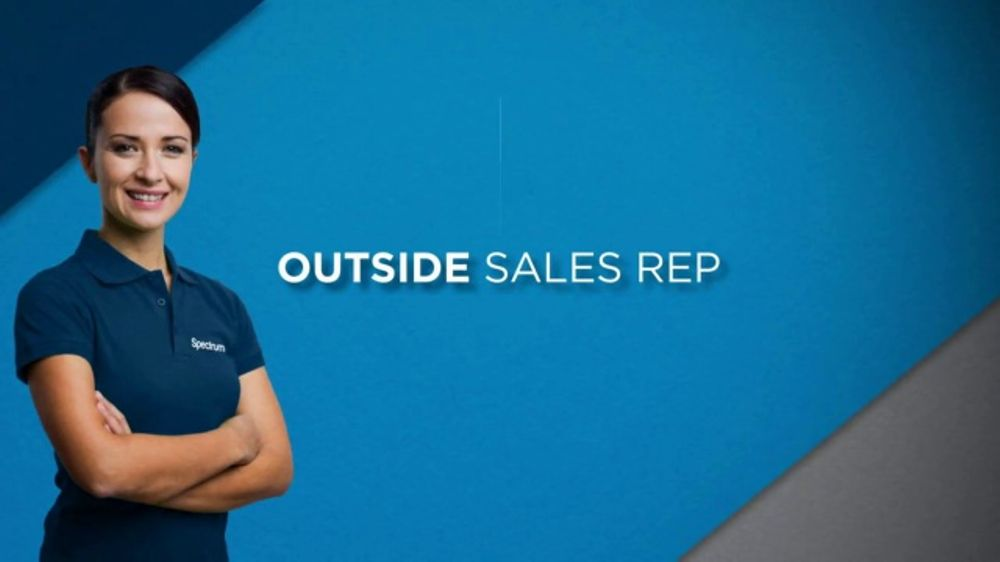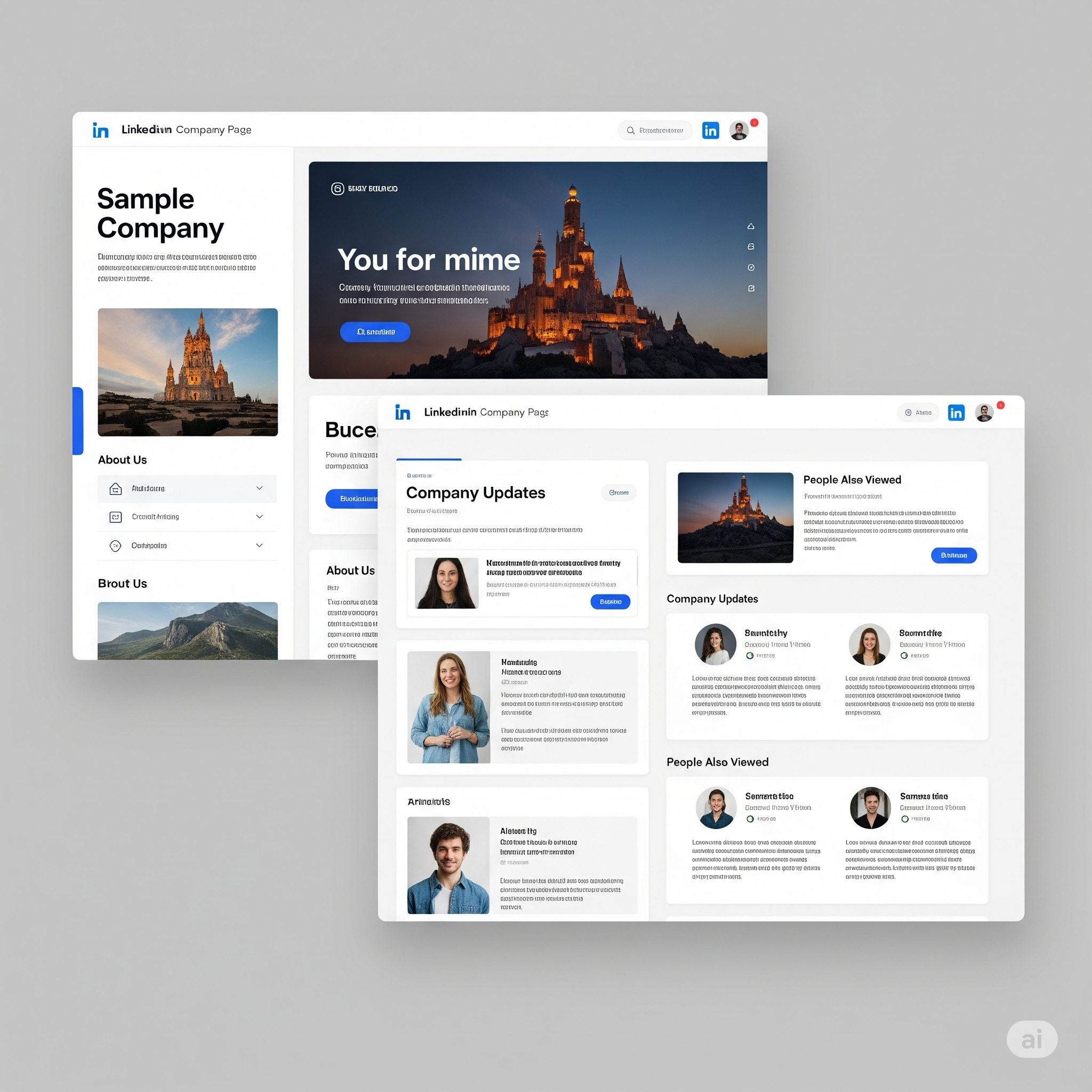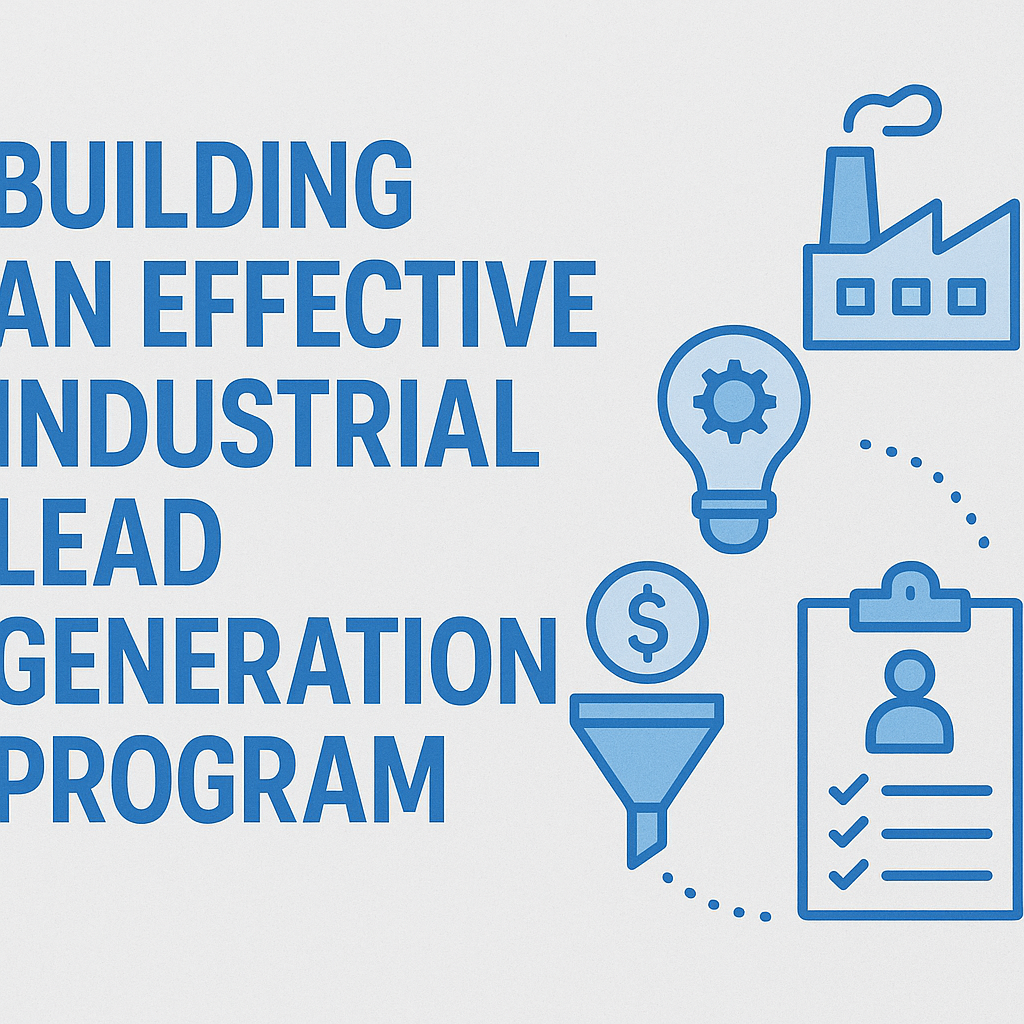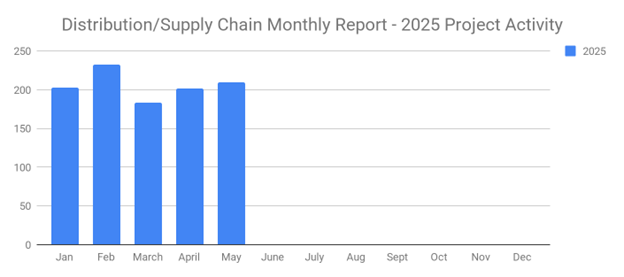
With the digital era upon us, many sales reps focus exclusively on digital methods of outreach and communication. Some of them call and text prospects. Other sales reps email and direct message their prospects. Digital methods such as these are convenient for both sales reps and prospects alike. But there's a still place for face-to-face communications. Below are 10 tips for outside sales success.
What Is Outside Sales?
Outside sales is a sales process that involves face-to-face communications with prospects. It's known as "outside sales" because it occurs outside the workplace. It's essentially the opposite of inside sales, which occurs inside the workplace. With outside sales, sales reps venture away from their office to interact with prospects in person.
#1) Be Flexible With Meetings
A little flexibility goes a long way at driving sales with this alternative sales process. When using outside sales to pitch your B2B company's products or services, you'll have to meet with prospects in person. By allowing prospects to choose the date and time of the meeting, you'll experience greater success. If you aren't flexible with meetings, on the other hand, prospects may decline to schedule a meeting, or they may simply not show up for the meeting. Either way, you won't land a sale.
#2) Map Out Territories
You'll experience greater success with outside sales by mapping out territories in advance. Most sales reps target prospects in specific territories. If a B2B company sells a local product or service, for instance, sales reps for the B2B company may target prospects within a 20- or 50-mile radius. Mapping out territories is a planning strategy. You can define the target territories in advance. As you meet with prospects in these territories, you can cross them off your list. After reaching out to all prospects in a given territory, you can move on to the next territory on your list.
#3) Focus on Time Management
Time management is important for all sales, but it's particularly important for those that communicate with prospects in person and outside of the workplace. You can call or email a prospect almost instantly. It takes time, however, to meet with a prospect in person. You'll have to drive or otherwise commute to the prospect's location -- typically the prospect's business. Only then can you engage with the prospect. By effectively managing your time, you'll be able to meet with more prospects and, ultimately, generate more sales.
#4) Become an Active Listener
Sales reps who are active listeners are more successful at outside sales than their passive-listener counterparts. Active listening is a soft skill. It involves the use of questions and feedback to better understand what the prospect is saying. Passive listening, in comparison, only involves listening to the prospect. Sales reps who are passive listeners will remain silent as they allow the prospect to speak. You may generate some sales as a passive listener, but you'll almost certainly close more opportunities outside the workplace by becoming an active listener.
#5) Know What You Are Selling
Before meeting with a prospect in person, you should familiarize yourself with the product or service that you intend to pitch. Prospects may have questions about the product or service. When communicating with prospects over digital channels, such as email or LinkedIn, you'll have the opportunity to research answers to their questions. Outside sales, though, is all about face-to-face communications. Therefore, you'll need to answer their questions on the spot.
#6) Dress for Success
Don't underestimate the impact of attire on your outside sales strategy. Studies have shown a correlation between clothes and success. Workers who dress formally and professionally experience greater success than those who dress casually and unprofessionally. With outside sales, you'll have to meet with prospects in person. Dressing formally and professionally shows prospects that you care about your appearance.
#7) Track Interactions
You should track interactions. Because outside sales revolves around in-person interactions, some sales reps neglect to track them. They either assume that tracking interactions is a waste of time, or they don't know how to do it. But tracking interactions is essential to outside sales success. It allows you to manage your sales funnel while nurturing and moving prospects through the various stages. You can track interactions using a customer relationship management (CRM) solution. CRM solutions -- typically sold as a cloud-based software solution -- offer features and tools for tracking all forms of prospect interactions, including in-person interactions.
#8) Identify Pain Points
Like with inside sales, outside sales requires identifying pain points. You must identify prospects' pain points before meeting with them in person. What are pain points exactly? Businesses often encounter problems or challenges that interfere with their revenue-generating activities. These problems or challenges are known as pain points. They are a source of pain for businesses, and businesses seek products or services from B2B companies to solve them.
#9) Gear Up With the Right Devices
There are certain devices that you may need to use with outside sales. Most sales reps bring a laptop or tablet in the field. As they meet with prospects, they may pull information from the laptop or tablet, or they may record information about these meetings on the laptop or tablet. Some sales reps also bring a mobile point-of-sale (POS) terminal. A mobile POS terminal is exactly what it sounds like: a device that facilitates transactions on the go. With a mobile POS, sales reps can accept credit and debit card payments from prospects. After landing a deal, they can facilitate the transaction using a mobile POS terminal.
#10) Combine With Inside Sales
Even if you plan on using outside sales to communicate with prospects, you can't ignore the benefits of inside sales. Inside sales occurs in the workplace, such as an office. Rather than focusing exclusively on outside sales, you should combine it with inside sales. They are two different sales strategies that, when used together, are synergistic. You can use inside sales to make the initial contact with prospects, and you can use outside sales to meet with prospects in person.
What to learn more? Get in Touch





